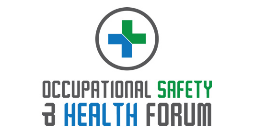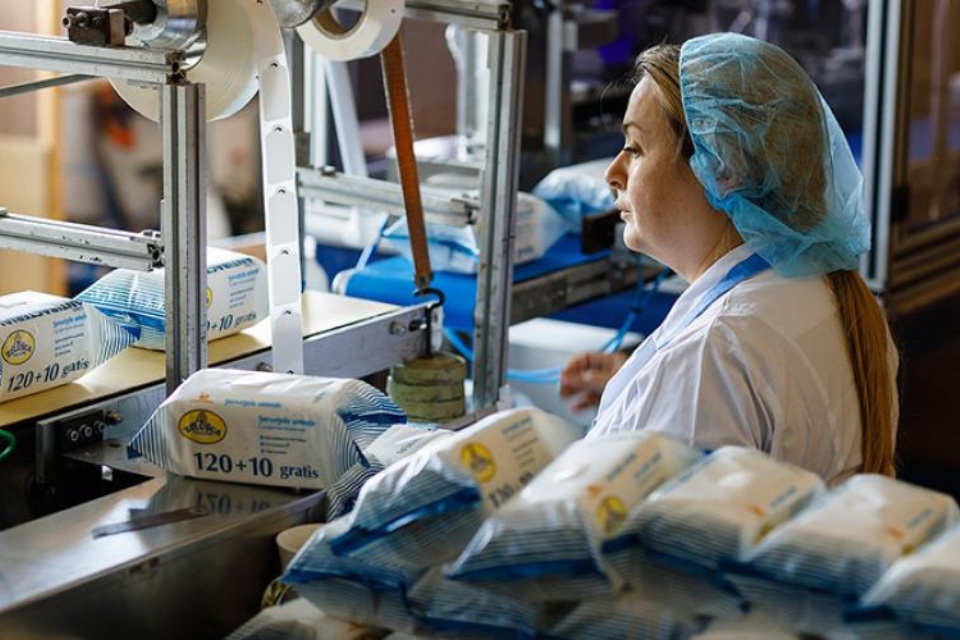The annual World Day for Safety and Health at Work on April 28th promotes the prevention of occupational accidents and diseases globally – Here’s everything you need to know…
In 2003, the International Labour Organization (ILO) – part of the UK – began to observe World Day in order to stress the prevention of accidents and diseases at work, capitalising on the ILO’s traditional strengths of tripartism and social dialogue.
This celebration is an integral part of the Global Strategy on Occupational Safety and Health of the ILO, as documented in the Conclusions of the International Labour Conference in June 2003. One of the main pillars of the Global Strategy is advocacy, the World Day for Safety and Health at Work is a significant tool to raise awareness of how to make work safe and healthy and of the need to raise the political profile of occupational safety and health.
April 28th is also the International Commemoration Day for Dead and Injured Workers organised worldwide by the trade union movement since 1996.
Fundamentally, World Day for Safety and Health at Work is an awareness-raising campaign intended to focus international attention on the magnitude of the problem and on how promoting and creating a safety and health culture can help reduce the number of work-related deaths and injuries.
The premise is that each of us is responsible for stopping deaths and injuries on the job. Governments are responsible for providing the infrastructure — laws and services — necessary to ensure that workers remain employable and that enterprises flourish; this includes the development of a national policy and programme and a system of inspection to enforce compliance with occupational safety and health legislation and policy.
Likewise, Employers are responsible for ensuring that the working environment is safe and healthy, while workers are responsible to work safely and to protect themselves and not to endanger others, to know their rights and to participate in the implementation of preventive measures.
The ILO says new and emerging occupational risks may be caused by technical innovation or by social or organisational change, such as:
- New technologies and production processes, e.g. nanotechnology, biotechnology
- New working conditions, e.g. higher workloads, work intensification from downsizing, poor conditions associated with migration for work, jobs in the informal economy
- Emerging forms of employment, e.g. self-employment, outsourcing, temporary contracts
They may be more widely recognised through better scientific understanding, e.g. the effects of ergonomic risks on musculoskeletal disorders.
They may also be influenced by changes in perceptions about the importance of certain risk factors, e.g. the effects of psychosocial factors on work-related stress.
Here’s an explainer video:-
<iframe width="560" height="315" src="https://www.youtube.com/embed/LjBGLkagFbs" title="YouTube video player" frameborder="0" allow="accelerometer; autoplay; clipboard-write; encrypted-media; gyroscope; picture-in-picture; web-share" allowfullscreen></iframe>



